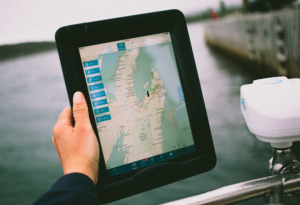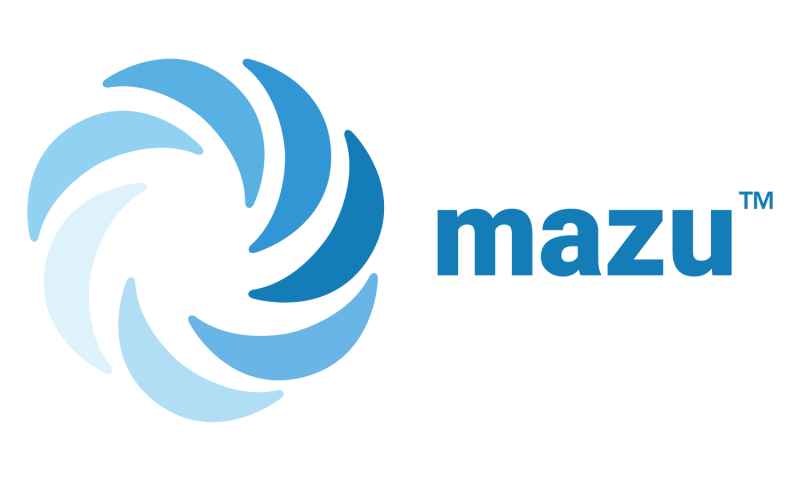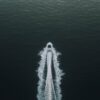Written by Capt. Ron Parker on April 13, 2018 for Sportsmans Lifestyle
For centuries people have dreamed of heading out to sea. Gliding over the waves on a sailboat propelled only by the wind seems idyllic compared to our everyday drudgery. For those able to make this dream a reality going to sea is a transformational experience. Guiding a vessel under sail provides a feeling of self-sufficiency like no other. It helps us better understand the vastness of the Earth and the oceans. The smell of salt air and the rhythm of the waves connect us to our ancestors who voyaged across the same seas.
Sitting safely in a comfortable armchair on land, it seems like a sturdy boat, the wind, and an adventurous spirit is all you need. While some still go to sea in vessels with no engines, and basic navigation equipment like a sextant, for most of us, returning alive is more important than replicating the past. Modern tools provide a level of security that allow us to make our dreams a reality without taking undo risks. Important electronic navigation, communication, and weather information keep ocean crossings safe and on track.
A young woman named Jessie and her best friend Katie cruised the American Great Loop aboard a Cal 27 sailboat and chronicled their exploits in a blog. Their journey of two years took them from the Great Lakes down through the Mississippi river system to the Gulf of Mexico, around Florida and up the Eastern Seaboard before heading up the Hudson into the Erie canal and back into the Great Lakes. Upon returning to her home state of Michigan, Jessie wanted to continue her adventure. For her next trip she convinced her father to loan her the family boat, which was a 1962 Pearson Invicta 38’ yawl. She also changed crew, with friend Katie trading out for her partner Luke. In the Spring of 2017 Jessie and the Sailing Vessel “Desiree” set out from Northport Michigan on a round trip to England and back, she dubbed “The Atlantic Loop.”
Heading out the St. Lawrence Seaway past Newfoundland, into and across the North Atlantic to England is an incredible endeavor and one that Jessie and Luke prepared carefully for. Jessie had thousands of miles under her belt, cruising around the coastal United States and Canada, but crossing an ocean is a different experience. Onboard navigation equipment for this trip included a GPS plotter, a VHF radio, to hail nearby ships, and for offshore communication, weather, navigation, and safety, a mazu satellite system. Mazu allowed Jessie to download and view weather forecasts while under way so that she could see the changing weather patterns and adjust her course accordingly. She could also stay in touch with friends and family at home using the Email and SMS texting capabilities of mazu.
The primary user interface for mazu is an iPad app which provides an easy to use dashboard to access all the mazu functions. The iPad connects wirelessly to the system on board as can other devices like laptops and phones. Mazu has a built in GPS, and users can choose between NOAA and other raster charts and Navionics’ detailed vector charts right in the mazu app. Mazu comes with an illuminated keypad that shows when a message is waiting, and provides push button access for sending SOS emergency signals from anywhere in the world. Search and Rescue dispatchers monitor mazu 24/7 365 and can communicate with the vessel during times of emergency. Prudent mariners like Jessie that travel offshore rely on satellite communication systems like mazu to keep them safe and in touch on their offshore passages.
“mazu is the one safety and communications device that really makes people sleep better at night on long voyages,” Said Jessie.
Cruising offshore is more than just a dream. Sailing a small boat across an ocean can be the experience of a lifetime, forging new understanding of the vastness of the Ocean. Trade winds swirled by the motion of the Earth’s rotation provide power to the sails. Majestic swells, ripples in the world’s pond, are reminders of distant disturbances carried through the water for thousands of unbroken miles. Seeing and feeling these things for ourselves helps us better understand the past which drives our focus and vision of the future. Modern technology enhances the trip and keeps us safe and connected, wherever we go. mazu-marine.com

















